
Using mice as their subjects, researchers at Southwestern Medical Center, University of Texas, have discovered a potentially better way in which to study depression in humans. During the course of the study, published in the journal Science, the researchers also made an important finding: the absence of a particular gene has the same effect as taking anti-depressants in mice that have been conditioned to be depressed. These findings offer the prospect of improved treatments for depression in humans.
If you’ve ever had mice as pets you’ll know that within their own species they are friendly, social creatures – even among unfamiliar mice. But when the boffins at Southwestern conditioned their mice to become quivering, phobic, nervous wrecks, the mice began to withdraw from their cuddly comrades.
The research team made their mice socially phobic by exposing them to “social defeat” everyday.
But the researchers found that the antidepressants not only worked over a short period of time in the mice, but also long-term, making them even more important to studies related to these sorts of conditions in humans. “It’s been hard for researchers to find a condition in animals that responds to chronic administration of antidepressants,” said Dr. Eric J. Nestler, the study’s senior author. “This is one of the few tests in which animals respond to chronic antidepressants, rather than acute antidepressants, and that’s a very important part of this study because antidepressants only work in humans after long-term administration.” In addition to offering a new model for studying depression, the study’s findings could help address other human problems such as social phobia and post-traumatic stress disorder.
An equally important finding from the study showed that deleting the gene responsible for making a protein called BDNF also had the same effect as administering antidepressants. “This study provides new evidence of the importance of reward pathways in the brain in an animal’s responses to social stress, and by extension to depression. It also provides some insight into the underlying molecular events involved,” said Dr. Nestler.
The protein BDNF regulates the release of the neurotransmitter dopamine, which transmits signals from one nerve cell to another along the brain’s reward pathway. BDNF is a growth factor in mice related to their behavior, and it is relayed between certain areas of the brain related to pleasure and addiction: the ventral tegmental area, a dopamine-rich center in the primitive part of the brain, and the nucleus accumbens, a small area in the front part of the brain that receives strong dopamine signals from the ventral tegmental area.
The researchers found that in normal mice, greater amounts of BDNF are located in the ventral tegmental area and a lesser amount in the nucleus accumbens. The team found that the withdrawn mice had a greater amount of BDNF in the nucleus accumbens, leading them to suspect that BDNF was responsible for shaping behavior. So when researchers condition a mouse to become withdrawn, BDNF, sourced from the ventral tegmental, begins to accumulate in the nucleus accumbens and new patterns of depressive behaviors become entrenched in the unwitting mouse. The team’s suspicions were validated once they demonstrated that mice lacking BDNF did not become depressed when confronted by dominant, aggressive mice. The team concluded that BDNF plays a vital role in shaping behavior related to social stress.
Researcher Dr. Olivier Berton said the next step was to record the electrical activity of the brain cells of the mice. “We’re trying to understand this response to stress from the molecular to the cellular to the neural circuit level of understanding,” he explained.


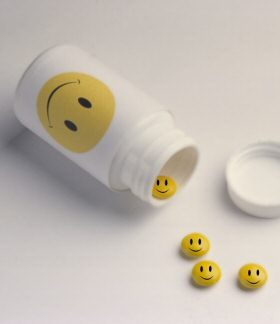



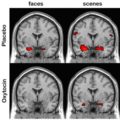

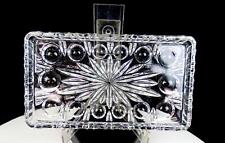




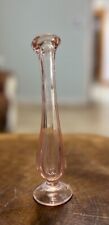

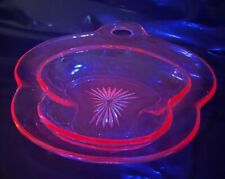
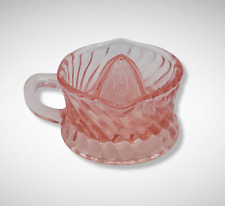

Comments are closed.